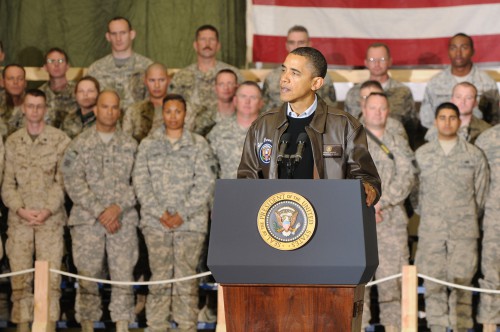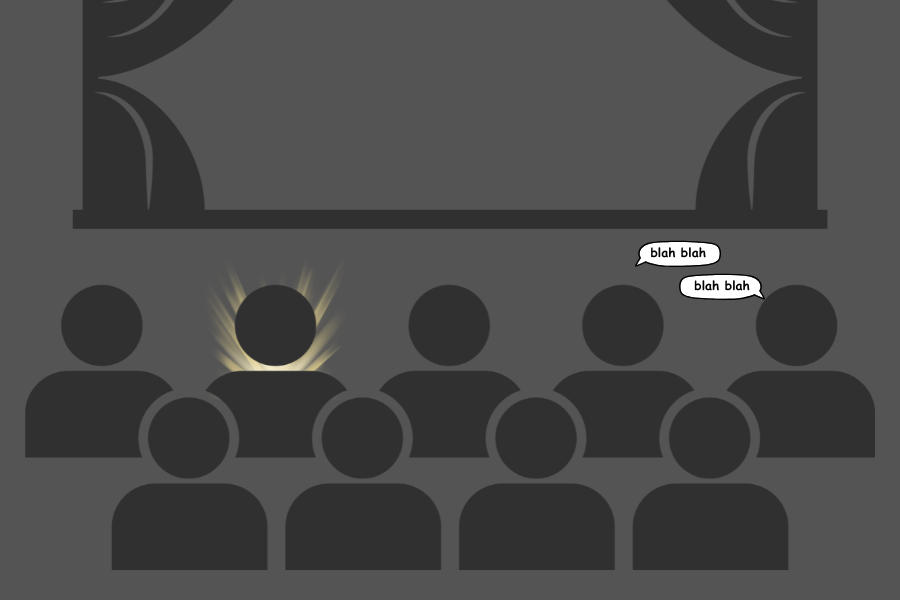By Ian Kea
America’s longest war will drag on with President Barack Obama’s announcement that the number of troops in Afghanistan will remain the same through 2015, instead of decreasing by half as previously planned in 2014, according to CNN. Obama’s decision to not decrease the number of deployed troops is supposedly an attempt to bolster and support paramilitary and drone operations in Afghanistan and secure those setups until they can be put into action.
But after nearly a decade and half with soldiers on the ground, the U.S. should not need more time to set up drones and paramilitary operations. The U.S. government already has two bases operating out of the Kandahar Air Base in southern Afghanistan, and one base in Jalalabad in the eastern part of the country, according to the U.S. State Department.
Fourteen years should be enough time to set up bases for drone and military operations and to get contractors and their supplies situated, but the U.S. is still trying to do simple things it should have accomplished in 2001. The plan to remove remaining troops should have been enacted even before 2014 as we had the time and bases able to support paramilitary and drone action.
According to Harvard Professor Linda J. Bilmes, the Iraq and Afghanistan wars have cost the U.S. between $4 trillion and $6 trillion. Our government’s current debt is nearly $18 trillion, almost one-third of which is from the wars in Iraq and Afghanistan, according to the Washington Post.
Not only have the missions in Iraq and Afghanistan become increasingly expensive, it also has a lost sense of hope because of the region’s history of military action.

By Flickr user DVIDSHUB
In a nine-year war against the Mujahideen Alliance in Afghanistan, the Soviet Union deployed 115,000 troops, compared to our highest level of troops in 2011 at approximately 101,000 according to CBS News. The Soviets found the terrain too difficult to control and failed to stabilize the country, ultimately ending the war in a stalemate. The U.S. has struggled to maintain a continued presence in the Hindu Kush Mountains, where groups like Al-Qaeda and the Taliban are stationed.
The Mujahedeen, who the U.S. financially supported during the Soviet conflict, eventually broke because of internal tensions, which rose quickly and fiercely. The fragments of the Mujahedeen that separated brought about warlords, which led to the creation of what is now the Taliban. The U.S. essentially funded the same enemies we seek to defeat today, and we face the same fate as the Soviets in our attempt to stabilize Afghanistan. We can and should try to stabilize the region but not risk troops on the ground. Instead, we need to do so with drones and other paramilitary operations.
In 2009, Obama promised a complete pullout of U.S. forces in Afghanistan by 2014, according to CNN. Yet here we are with almost 10,000 troops still deployed, making Afghanistan the longest U.S. war since Vietnam, according to the U.S. Defense Department.
The basic tasks that are currently being conducted, such as finalizing base positions and setting up drone strike centers, should have been completed long ago. Now, they are costing the U.S. tax dollars and endangering our soldiers’ lives. It’s time to bring our troops home now.







